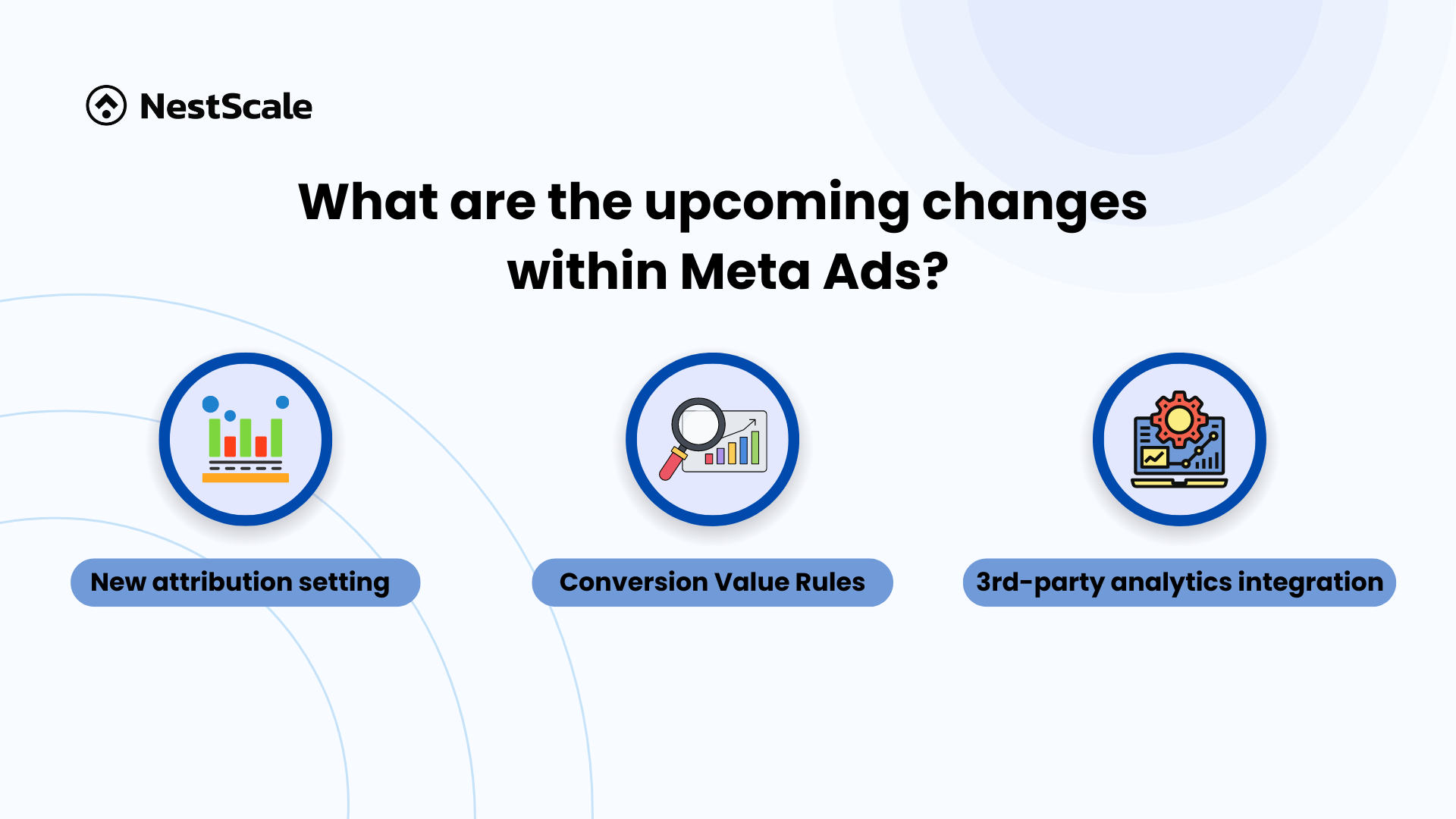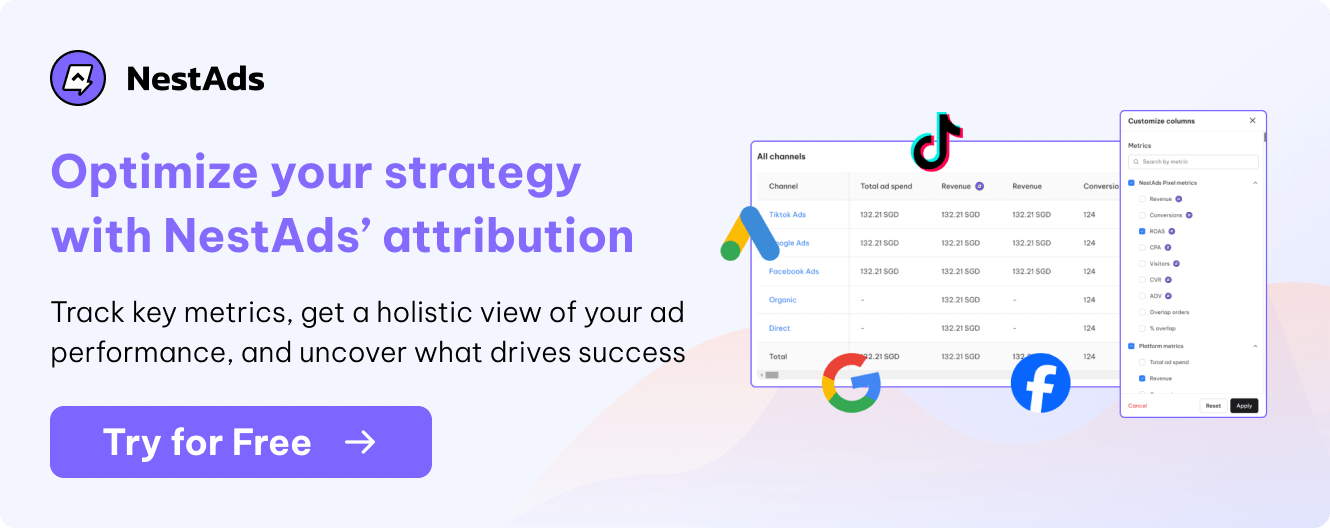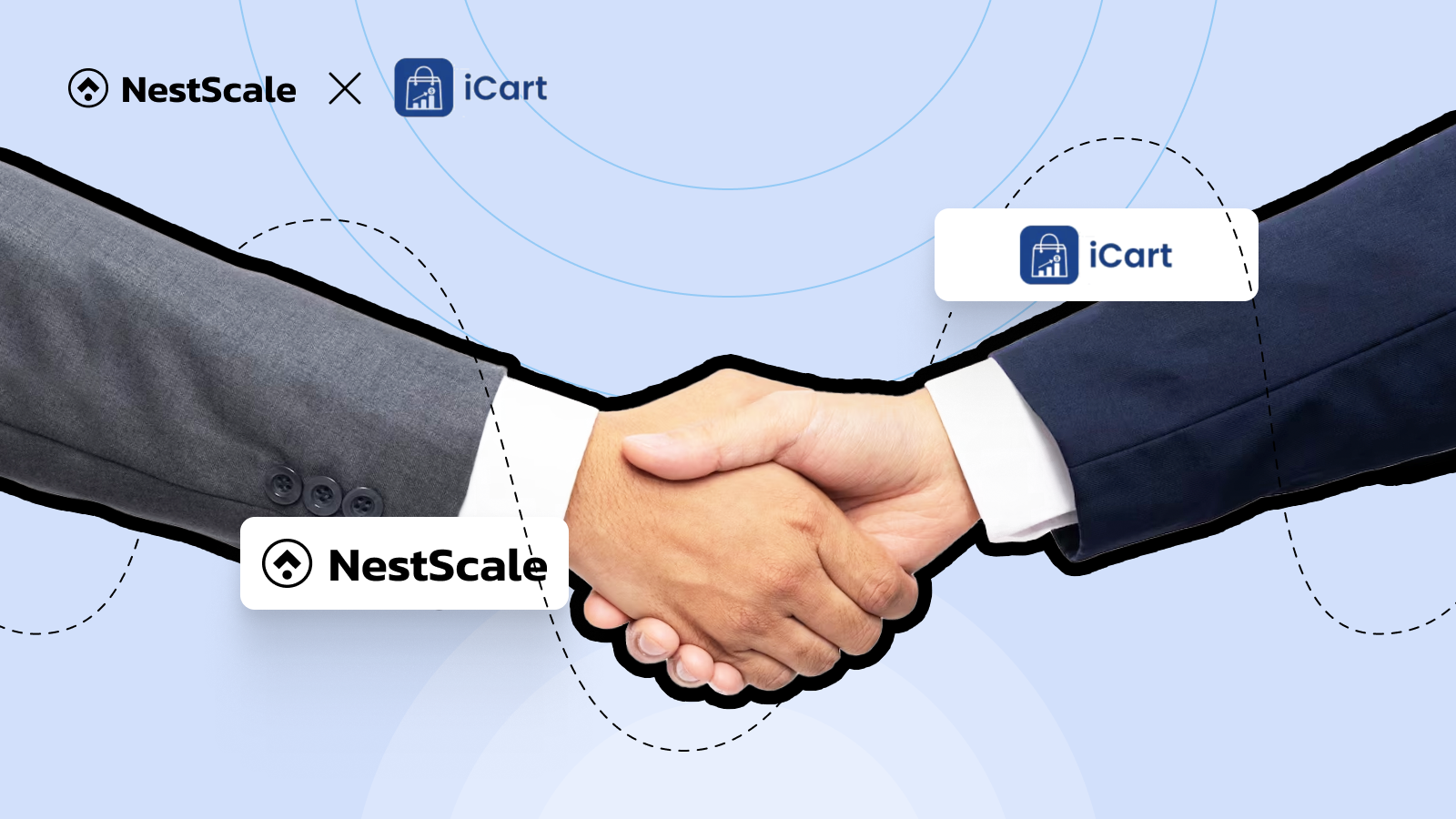Meta, a major player in the advertising ecosystem, has recently rolled out several updates aimed at optimizing ad performance, enhancing transparency, and providing more tailored results to advertisers. In this blog, we’ll delve into these updates, what these changes mean for your business, and how you can leverage them to maximize your ad spend.
What are the upcoming changes?
Meta’s latest updates are designed to give you more control over how your campaigns are measured and optimized. Here’s a closer look at the key features:

New attribution setting to optimize for incremental conversions
One of the most exciting updates Meta is testing is changing how their attribution models work. Traditionally, advertisers have measured the success of their campaigns by counting all conversions that occur after an ad is shown. However, the new opt-in setting focuses on incremental conversions, which likely wouldn’t happen without the ad.
Imagine you run an online store and show ads to potential customers. If 100 people make a purchase, the traditional approach would count all 100 as conversions. However, it’s possible that 20 of those customers would have bought something regardless of the ad. The remaining 80 purchases, which were influenced directly by the ad, are considered incremental conversions.
By identifying conversions truly driven by your ads, Meta can optimize campaigns to target users more likely to convert.

New Conversion Value Rules to achieve your goals
Another really interesting feature to look forward to is the “Conversion Value Rules.” This feature allows businesses to express which audiences or conversions they value more or less. For example, if you value repeat customers more than new ones, you can assign a higher value to conversions from returning customers. Meta will then use this information to optimize your campaign, bidding higher for these more valuable conversions.
Previously, you would have to segment these customers into a separate campaign. However, with this new feature, you can define a higher bid for just these customers without having to create a separate campaign.
3rd-party analytics integration for enhanced data insights
Meta is introducing the ability for businesses to connect their analytics tools directly to their ad system via a simple API setup. The initial integration includes Google Analytics and Northbeam, with plans to add Triple Whale and Adobe soon.
By integrating third-party analytics with Meta’s ad system, you can share aggregated data, like the number of conversions Meta contributed to compared to other channels. This data helps Meta understand which conversions are most valuable to your business across your entire marketing mix. Over time, Meta’s AI models will use this data to enhance campaign optimization, improving the overall value of conversions.
What you can expect from these updates
With these updates, Meta is making significant strides toward more advanced automation, transparency, and customization in ad performance. Here’s what you can expect:
More advanced automation to optimize your conversion value
Meta’s new tools automate optimization, letting you focus on other business aspects. By setting Conversion Value Rules and opting into incremental conversion optimization, your campaigns can automatically adjust to drive the most valuable conversions.
More transparency in ad performance
The integration of third-party analytics tools and the focus on incremental conversions will provide greater transparency into how your ads are performing. You’ll have a clearer understanding of which conversions are truly driven by your Facebook ads, whether your Facebook Ads really work, and how your campaigns are contributing to your overall business goals.
More customized results to your business needs
Meta is evolving its ads system to deliver results that are more tailored to each business’s objectives and the way they measure value. Whether you’re using external analytics tools or relying on Meta’s native reporting, you’ll have more control over how your campaigns are optimized and reported.
Things to keep in mind
While these updates offer many benefits, there are a few considerations to keep in mind:
Higher ad costs
Meta will now count conversions only if they occur within one day of clicking the ad. This might reduce reported conversions for a campaign. Additionally, ad prices could be higher as Meta targets a smaller group of users likely to convert within a day.
More AI learning equals more data needs
Meta’s updates rely heavily on AI and machine learning to optimize campaigns. However, for this to be effective, your store needs to have a sufficient amount of data. Businesses with limited data may not see the full benefits of these updates. Therefore, these changes might be more suitable for larger businesses with established sales and advertising data.
Need the right third-party tools
Not all third-party analytics tools are created equal. For instance, GA4’s attribution models are often skewed toward Google Ads, which could lead to biased results when feeding data to Meta. If you’re not using a more advanced tool like Northbeam (or Triple Whale in the near future), the benefits of this integration might be limited.
Wrap up
Meta’s updates offer more control, transparency, and customization in digital advertising. However, it’s important to approach these updates with a clear understanding of your business’s needs and capabilities. Larger businesses with robust data and advanced analytics tools will likely see the most benefit, while smaller businesses may need to evaluate whether these updates align with their current resources and goals.
As always, staying informed and adapting to new tools and strategies is key to maintaining a competitive edge in the digital landscape. With these new updates, you’re well-equipped to navigate the complexities of digital advertising and drive meaningful results for your business.
Keep up with us for all the latest news. If you have any questions, feel free to reach out to us for more information.





















































